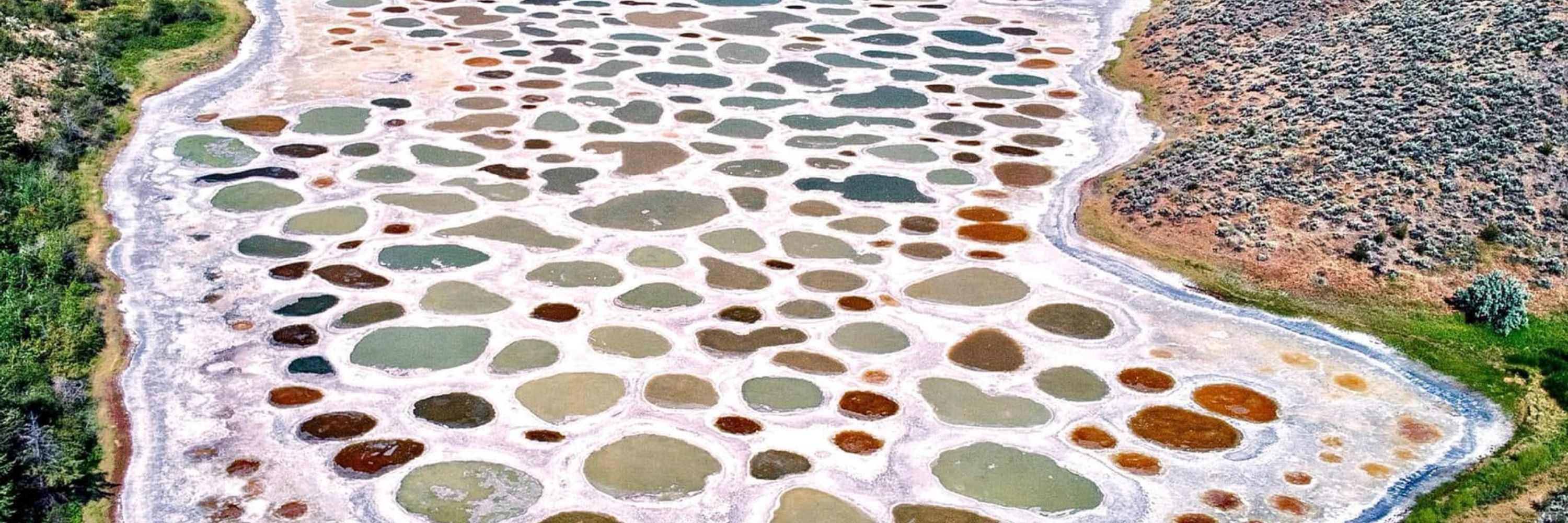
The fossil is from the early #Cretaceous Yixian Formation of Jinzhou, Liaoning, People's Republic of China.
#PaleoSky #Palaeontology #Paleontology #FossilFriday


The fossil is from the early #Cretaceous Yixian Formation of Jinzhou, Liaoning, People's Republic of China.
#PaleoSky #Palaeontology #Paleontology #FossilFriday
#PaleoSky #Palaeontology #Paleontology #FossilFriday


#PaleoSky #Palaeontology #Paleontology #FossilFriday
#PaleoSky #Palaeontology #Paleontology #Palaeobotany #Paleobotany


#PaleoSky #Palaeontology #Paleontology #Palaeobotany #Paleobotany
Details in the ALT text.
#PaleoSky #FossilFriday #Palaeontology #Paleontology #Insects #Diptera

Details in the ALT text.
#PaleoSky #FossilFriday #Palaeontology #Paleontology #Insects #Diptera
Collected from the Allenby Formation in the area around Princeton, British Columbia.
There are many more fine #insect, #plant, #fish, and #feather fossils to come. So stay tuned.
#PaleoSky #FossilFriday
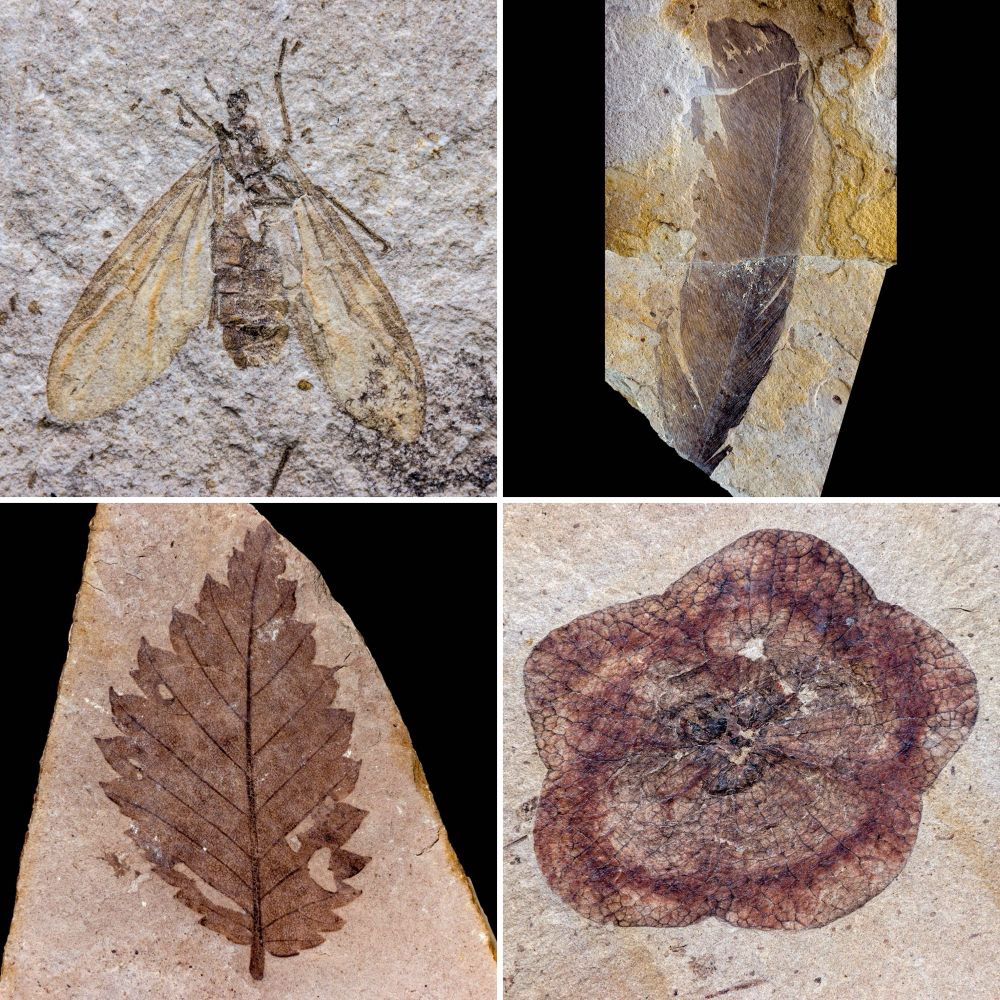
So to get the ball rolling again, here are two examples of Ottoia prolifica, a Middle #Cambrian priapulid worm #fossil from the Burgess Shale, Yoho National Park.
#PaleoSky #FossilFriday #Palaeontology #Paleontology


So to get the ball rolling again, here are two examples of Ottoia prolifica, a Middle #Cambrian priapulid worm #fossil from the Burgess Shale, Yoho National Park.
#PaleoSky #FossilFriday #Palaeontology #Paleontology
#PaleoSky #FossilFriday #Palaeontology #Paleontology #BCfossils
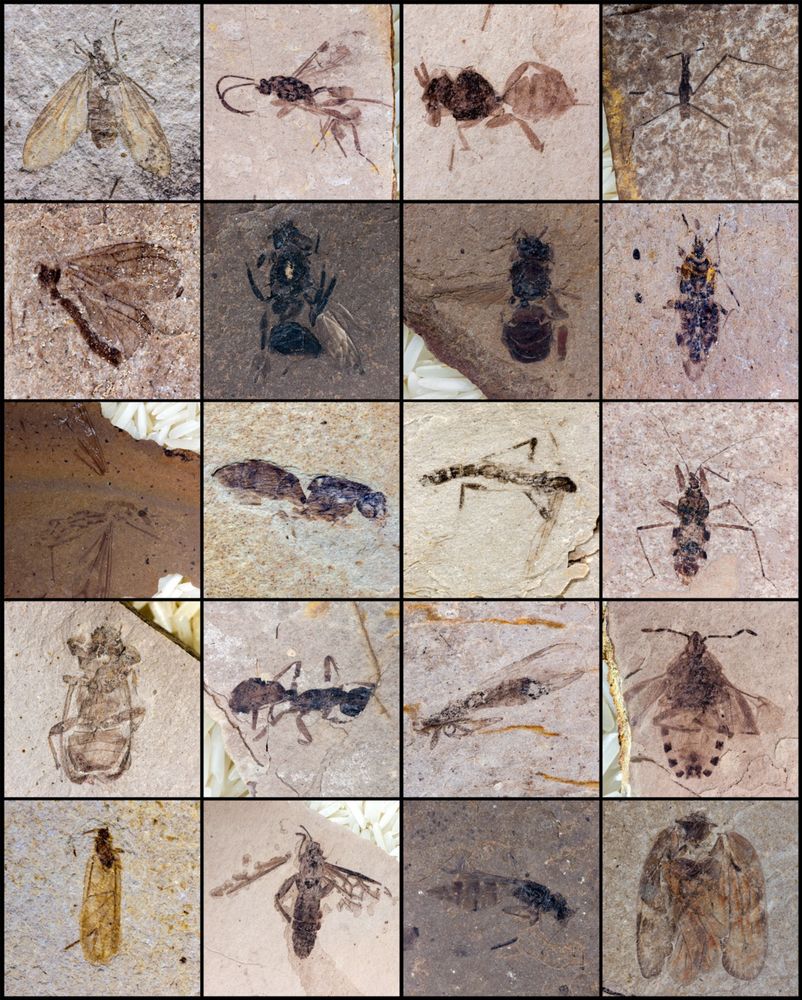
#PaleoSky #FossilFriday #Palaeontology #Paleontology #BCfossils
#PaleoSky #FossilFriday #Palaeontology #Paleontology #Lobopodia



#PaleoSky #FossilFriday #Palaeontology #Paleontology #Lobopodia
#PaleoSky #FossilFriday #Palaeontology #Paleontology


#PaleoSky #FossilFriday #Palaeontology #Paleontology
#PaleoSky #Palaeontology #Paleontology #FossilFriday #Cambrian

#PaleoSky #Palaeontology #Paleontology #FossilFriday #Cambrian
A pair of photos of a nice example of Olenoides serratus I took back in 1993 while visiting the Burgess Shale in Yoho National Park. Shot on expired slide film using my Nikon F2 and a 55mm macro lens.
#PaleoSky #FossilFriday #Palaeontology #Paleontology #Cambrian #NikonF2



A pair of photos of a nice example of Olenoides serratus I took back in 1993 while visiting the Burgess Shale in Yoho National Park. Shot on expired slide film using my Nikon F2 and a 55mm macro lens.
#PaleoSky #FossilFriday #Palaeontology #Paleontology #Cambrian #NikonF2
#FossilFriday #TrilobiteTuesday #PaleoSky #Palaeontology #Paleontology



#FossilFriday #TrilobiteTuesday #PaleoSky #Palaeontology #Paleontology
All are from old collections
#TrilobiteTuesday #FossilFriday #PaleoSky



All are from old collections
#TrilobiteTuesday #FossilFriday #PaleoSky
#FossilFriday #PaleoSky


#FossilFriday #PaleoSky
#trilobitetuesday #FossilFriday #PaleoSky #Palaeontology




#trilobitetuesday #FossilFriday #PaleoSky #Palaeontology
Discovered by Charles Walcott, in 1909, he referred to them as “lace crabs” in his field notes.
#PaleoSky #FossilFriday #Cambrian


Discovered by Charles Walcott, in 1909, he referred to them as “lace crabs” in his field notes.
#PaleoSky #FossilFriday #Cambrian
#PaleoSky #TrilobiteTuesday #FossilFriday #Palaeontology


#PaleoSky #TrilobiteTuesday #FossilFriday #Palaeontology
From my personal collection.
#PaleoSky #FossilFriday #Palaeontology #Paleontology #Fossil #FossilCollecting #FossilCollector

From my personal collection.
#PaleoSky #FossilFriday #Palaeontology #Paleontology #Fossil #FossilCollecting #FossilCollector
#PaleoSky #TrilobiteTuesday #Palaeontology #Paleontology


#PaleoSky #TrilobiteTuesday #Palaeontology #Paleontology
This Anechocephalus rebeccaae #trilobite was hidden away with many similar looking Labiostria westropi that I collected 15-20 years ago in the Upper Cambrian #McKayGroup of SE British Columbia. Rarest bug in my collection!
#PaleoSky #FossilFriday #TrilobiteTuesday




This Anechocephalus rebeccaae #trilobite was hidden away with many similar looking Labiostria westropi that I collected 15-20 years ago in the Upper Cambrian #McKayGroup of SE British Columbia. Rarest bug in my collection!
#PaleoSky #FossilFriday #TrilobiteTuesday
#TrilobiteTuesday #FossilFriday #Palaeontology #Paleontology #PaleoSky
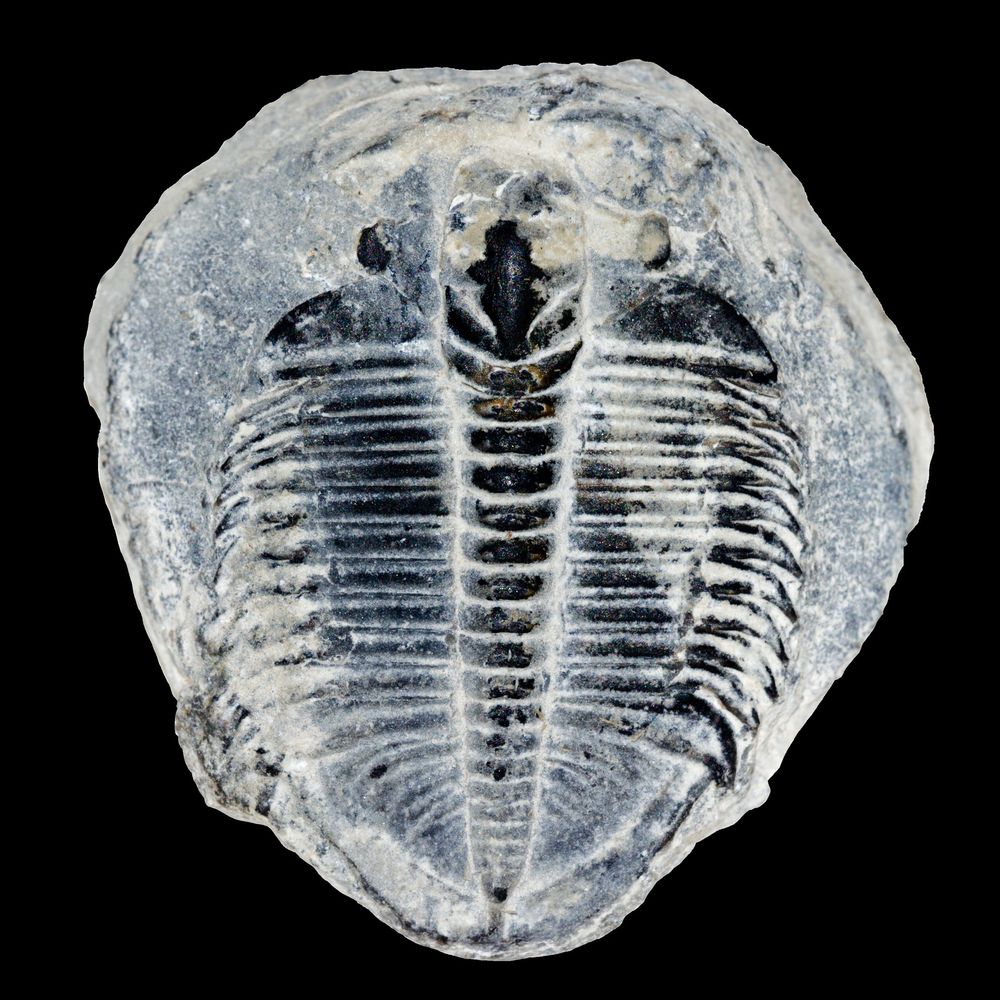
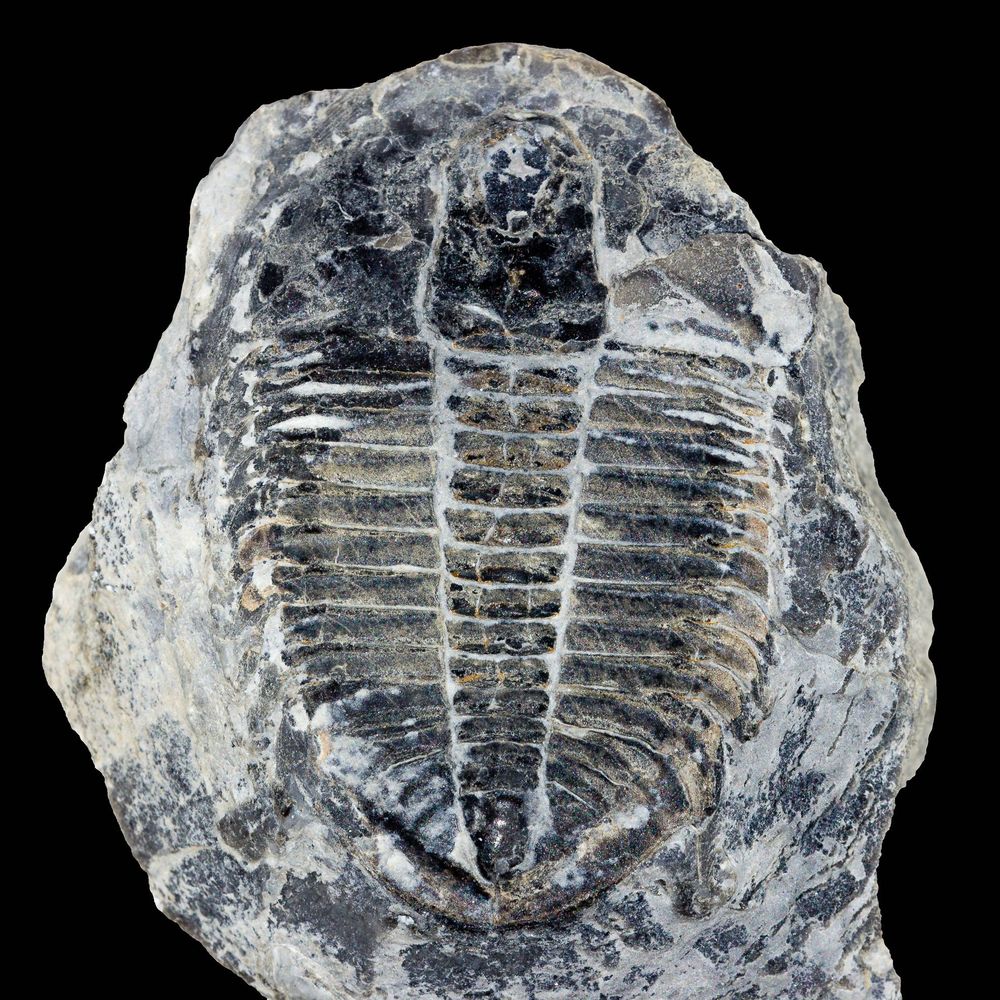
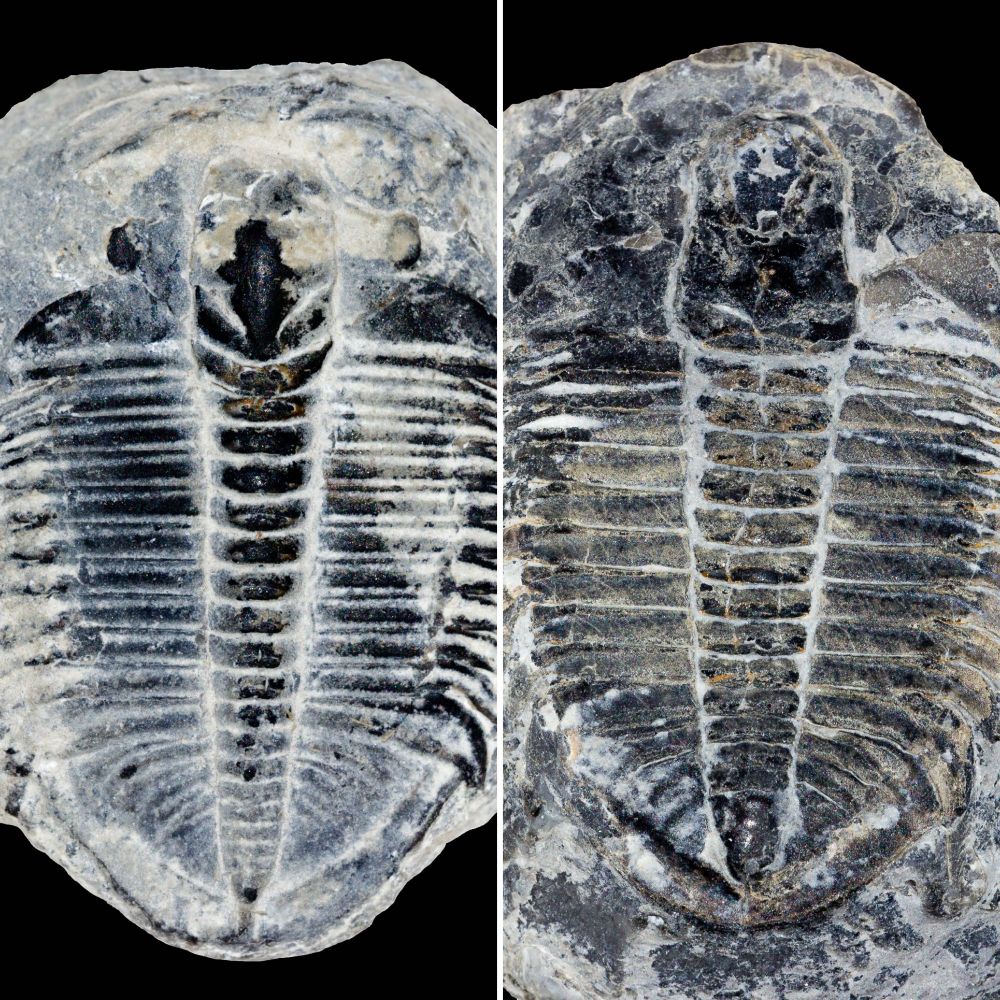
#TrilobiteTuesday #FossilFriday #Palaeontology #Paleontology #PaleoSky
These tiny bees preserved in #amber once pollinated flowers 15-20 million years ago, during the #Miocene Epoch, in what is now the Dominican Republic.
Specimens from my collection.
#FossilFriday #PaleoSky #Palaeontology #Paleontology


These tiny bees preserved in #amber once pollinated flowers 15-20 million years ago, during the #Miocene Epoch, in what is now the Dominican Republic.
Specimens from my collection.
#FossilFriday #PaleoSky #Palaeontology #Paleontology
#FossilFriday #PaleoSky #Palaeontology #Paleontology #fossil #fossils #FossilCollecting #InvertebrateFossil

#FossilFriday #PaleoSky #Palaeontology #Paleontology #fossil #fossils #FossilCollecting #InvertebrateFossil
From the #Eocene #AllenbyFormation of Southern British Columbia’s interior region.
#MolluscMonday #FossilFriday #PaleoSky #Palaeontology #Paleontology #FossilCollecting




From the #Eocene #AllenbyFormation of Southern British Columbia’s interior region.
#MolluscMonday #FossilFriday #PaleoSky #Palaeontology #Paleontology #FossilCollecting
#trilobitetuesday #FossilFriday #PaleoSky #Palaeontology #Paleontology




#trilobitetuesday #FossilFriday #PaleoSky #Palaeontology #Paleontology

